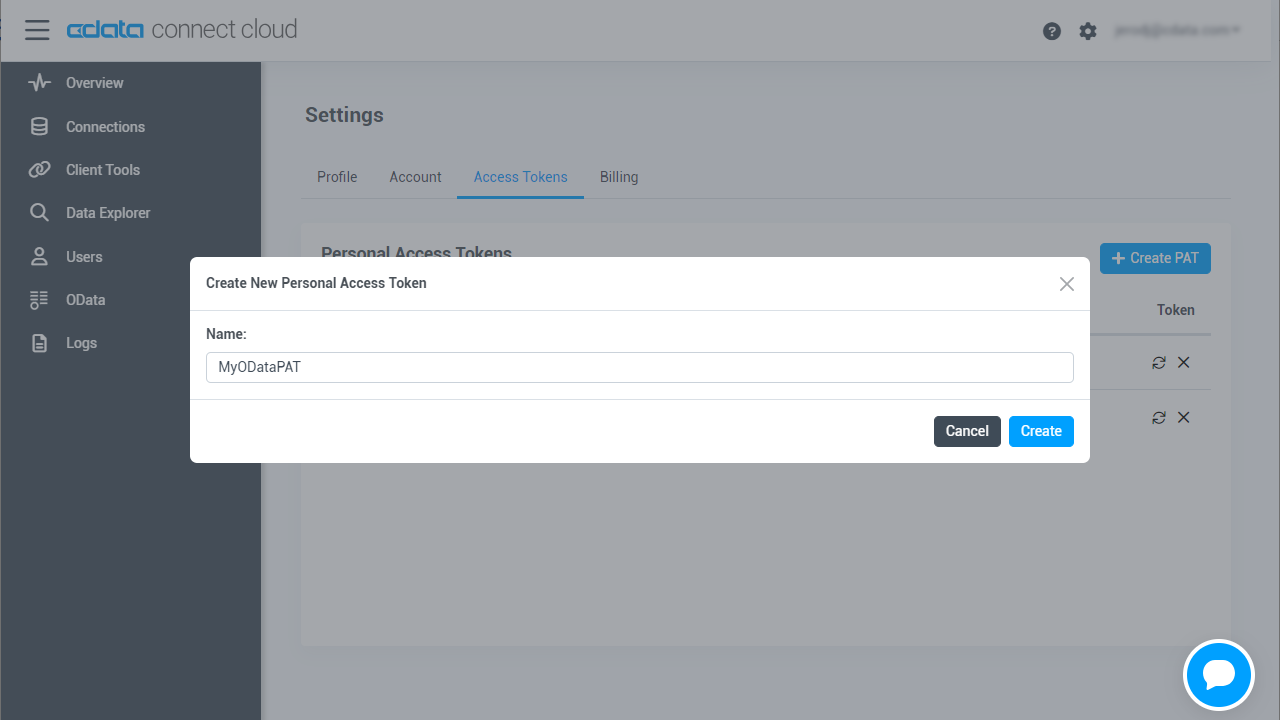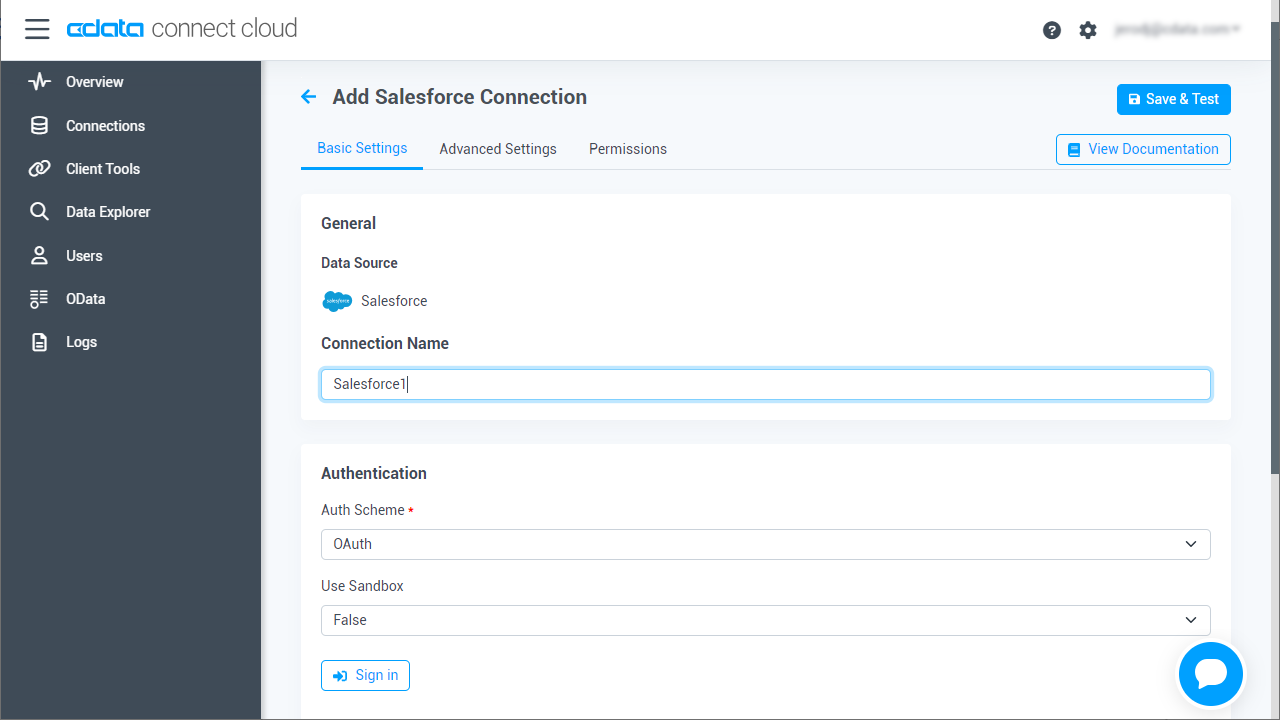Discover how a bimodal integration strategy can address the major data management challenges facing your organization today.
Get the Report →Connect to Live HCL Domino Data in PostGresSQL Interface through CData Connect Cloud
Create a live connection to HCL Domino in CData Connect Cloud and connect to your HCL Domino data from PostgreSQL.
There are a vast number of PostgreSQL clients available on the Internet. PostgreSQL is a popular interface for data access. When you pair PostgreSQL with CData Connect Cloud, you gain database-like access to live HCL Domino data from PostgreSQL. In this article, we walk through the process of connecting to HCL Domino data in Connect Cloud and establishing a connection between Connect Cloud and PostgreSQL using a TDS foreign data wrapper (FDW).
CData Connect Cloud provides a pure SQL Server interface for HCL Domino, allowing you to query data from HCL Domino without replicating the data to a natively supported database. Using optimized data processing out of the box, CData Connect Cloud pushes all supported SQL operations (filters, JOINs, etc.) directly to HCL Domino, leveraging server-side processing to return the requested HCL Domino data quickly.
Connect to HCL Domino in Connect Cloud
CData Connect Cloud uses a straightforward, point-and-click interface to connect to data sources.
- Log into Connect Cloud, click Connections and click Add Connection
- Select "HCL Domino" from the Add Connection panel
-
Enter the necessary authentication properties to connect to HCL Domino.
Prerequisites
The connector requires the Proton component to be installed. Normally, Proton is distributed as part of the AppDev pack. See the HCL documentation for instructions on acquiring and installing Proton or the AppDev pack.
Once the Proton service is installed and running, you will also need to create a user account and download its Internet certificate. This certificate can be used to set the connector certificate connection properties.
Authenticating to Domino
- Server: The name or IP address of the server running Domino with the Proton service.
- Port: The port number that the Proton service is listening on.
- Database: The name of the database file, including the .nsf extension.
- SSLClientCertType: This must match the format of the certificate file. Typically this will be either PEMKEY_FILE for .pem certificates or PFXFILE for .pfx certificates.
- SSLClientCert: The path to the certificate file.
- SSLServerCert: This can be set to (*) if you trust the server. This is usually the case, but if you want to perform SSL validation, you may provide a certificate or thumbprint instead. See the documentation for SSLServerCert for details.
Additional Server Configuration
The connector supports querying Domino views if any are defined. Before views can be queried by the connector they must be registered with the design catalog.
Please refer to the Catalog Administration section of the AppDev pack documentation for details on how to do this.
![Configuring a connection (Salesforce is shown) Configuring a connection (Salesforce is shown)]()
- Click Create & Test
-
Navigate to the Permissions tab in the Add HCL Domino Connection page and update the User-based permissions.
![Updating permissions Updating permissions]()


Add a Personal Access Token
If you are connecting from a service, application, platform, or framework that does not support OAuth authentication, you can create a Personal Access Token (PAT) to use for authentication. Best practices would dictate that you create a separate PAT for each service, to maintain granularity of access.
- Click on your username at the top right of the Connect Cloud app and click User Profile.
- On the User Profile page, scroll down to the Personal Access Tokens section and click Create PAT.
- Give your PAT a name and click Create.
- The personal access token is only visible at creation, so be sure to copy it and store it securely for future use.

Build the TDS Foreign Data Wrapper
The Foreign Data Wrapper can be installed as an extension to PostgreSQL, without recompiling PostgreSQL. The tds_fdw extension is used as an example (https://github.com/tds-fdw/tds_fdw).
- You can clone and build the git repository via something like the following view source:
sudo apt-get install git git clone https://github.com/tds-fdw/tds_fdw.git cd tds_fdw make USE_PGXS=1 sudo make USE_PGXS=1 installNote: If you have several PostgreSQL versions and you do not want to build for the default one, first locate where the binary for pg_config is, take note of the full path, and then append PG_CONFIG=after USE_PGXS=1 at the make commands. - After you finish the installation, then start the server:
sudo service postgresql start - Then go inside the Postgres database
psql -h localhost -U postgres -d postgresNote: Instead of localhost you can put the IP where your PostgreSQL is hosted.
Connect to HCL Domino data as a PostgreSQL Database and query the data!
After you have installed the extension, follow the steps below to start executing queries to HCL Domino data:
- Log into your database.
- Load the extension for the database:
CREATE EXTENSION tds_fdw; - Create a server object for HCL Domino data:
CREATE SERVER "Domino1" FOREIGN DATA WRAPPER tds_fdw OPTIONS (servername'tds.cdata.com', port '14333', database 'Domino1'); - Configure user mapping with your email and Personal Access Token from your Connect Cloud account:
CREATE USER MAPPING for postgres SERVER "Domino1" OPTIONS (username 'username@cdata.com', password 'your_personal_access_token' ); - Create the local schema:
CREATE SCHEMA "Domino1"; - Create a foreign table in your local database:
#Using a table_name definition: CREATE FOREIGN TABLE "Domino1".ByName ( id varchar, Address varchar) SERVER "Domino1" OPTIONS(table_name 'Domino.ByName', row_estimate_method 'showplan_all'); #Or using a schema_name and table_name definition: CREATE FOREIGN TABLE "Domino1".ByName ( id varchar, Address varchar) SERVER "Domino1" OPTIONS (schema_name 'Domino', table_name 'ByName', row_estimate_method 'showplan_all'); #Or using a query definition: CREATE FOREIGN TABLE "Domino1".ByName ( id varchar, Address varchar) SERVER "Domino1" OPTIONS (query 'SELECT * FROM Domino.ByName', row_estimate_method 'showplan_all'); #Or setting a remote column name: CREATE FOREIGN TABLE "Domino1".ByName ( id varchar, col2 varchar OPTIONS (column_name 'Address')) SERVER "Domino1" OPTIONS (schema_name 'Domino', table_name 'ByName', row_estimate_method 'showplan_all'); - You can now execute read/write commands to HCL Domino:
SELECT id, Address FROM "Domino1".ByName;
More Information & Free Trial
Now, you have created a simple query from live HCL Domino data. For more information on connecting to HCL Domino (and more than 100 other data sources), visit the Connect Cloud page. Sign up for a free trial and start working with live HCL Domino data in PostgreSQL.








